Minimally invasive surgeries at Maria Middelares, with a focus on patient well-being
Minimally invasive cardiosurgical procedures are performed weekly at Maria Middelares. Minimally invasive means that surgeons use much smaller incisions than in traditional procedures. This is possible because a tube with a camera is inserted into the body through this incision. The main benefits are less blood loss, less pain and a faster recovery. Recently, the range of minimally invasive procedures has been further expanded for the benefit of patients.
The first type involves combining three interventions:
- MIDCAB procedure
- ablation for atrial fibrillation
- placement of a clip at the base of the left atrial appendage.
What does each of these interventions entail?
- MIDCAB stands for minimally invasive direct coronary artery bypass. This is a heart bypass operation for which we use robotic surgery.
We make a small incision for this intervention. This is in contrast to a sternotomy: a surgery where we open the entire sternum.
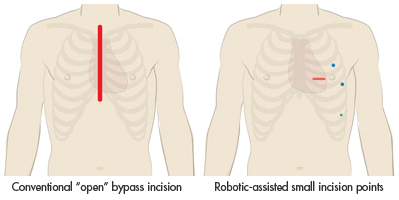
- As one of the first centres in Belgium, we combined this MIDCAB procedure with arrhythmia surgery. Patients with arrhythmias are then treated with ablation. This involves burning lines (which later become scars) on the back of the heart. This allows us to interrupt the circuit that forms there and causes the arrhythmias.
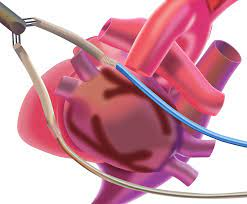
- Finally, we close the left atrial appendage with a clip. Blood clots can form in the left atrial appendage of patients with an arrhythmia, which can cause a stroke.
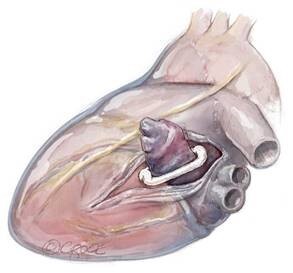
In short, this procedure achieves three goals in the most minimally invasive way possible.
Aortic arch replacement
Aortic arch replacementA second procedure involves aortic surgery via mini-sternotomy. Where previously a large incision with full opening of the sternum was required, we now perform aortic valve replacement through a hemi-sternotomy, which opens a smaller portion of the sternum than usual. For the process, we replace the first part of the aortic arch, which is the large body artery that ensures blood flows to the brain and shoulders. This is a major advance that results in both a faster recovery and a smaller scar for the patient. The procedure is performed using deep cooling, brain perfusion (an imaging technique that measures the blood flow to different areas of the brain), and circulatory arrest. The latter means that the patient's blood circulation is temporarily interrupted during the procedure.
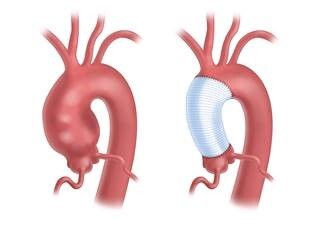
In both cases, these are invasive procedures for the patient, where the impact remains limited. The patients recover well.
‘These examples demonstrate that we want and can connect our philosophy of minimal impact for the patient with the best care and comfort.’ We aim to continually advance our minimally invasive approaches so that more and more patients can benefit from them. A word of thanks to the entire team for making sure we always put the patient's well-being first.
Cardiothoracic Surgeon Jelle Fleerakkers
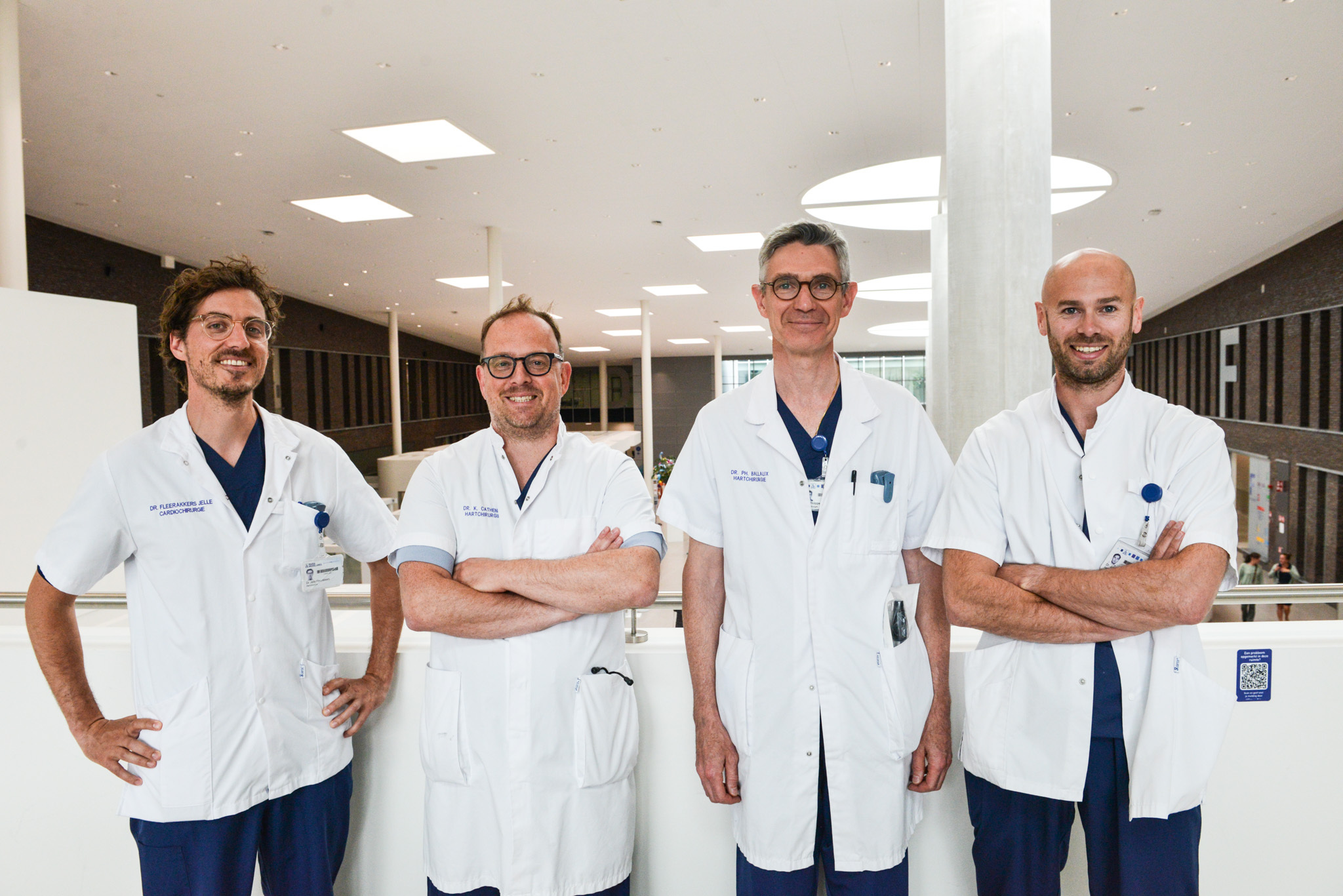
Something wrong or unclear on this page? Report it.



